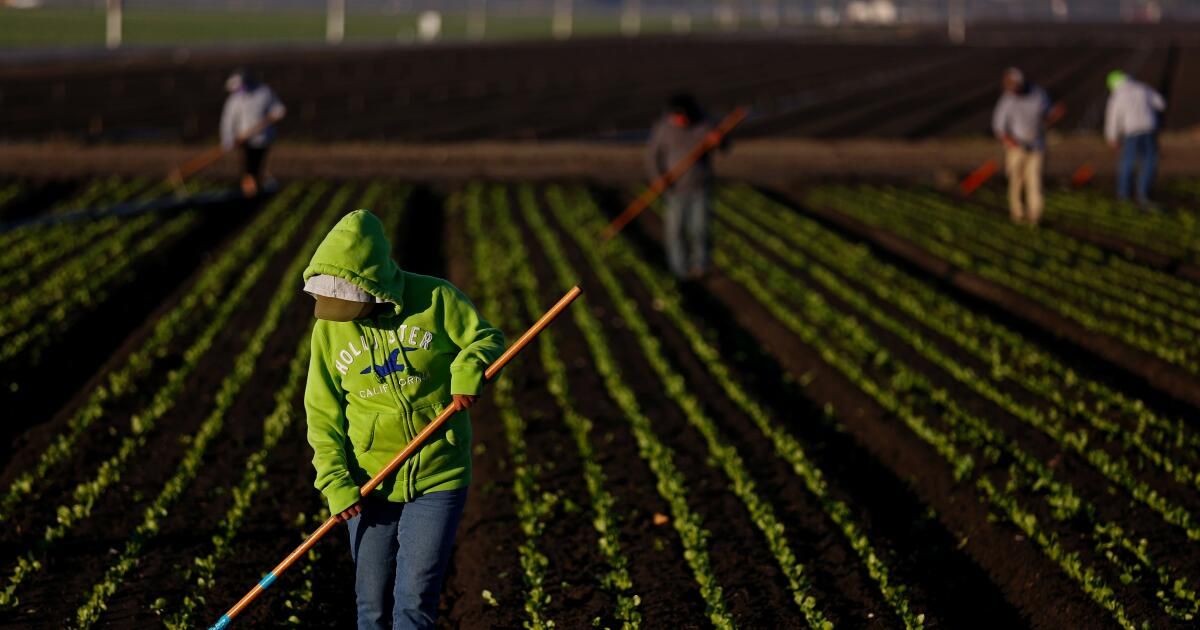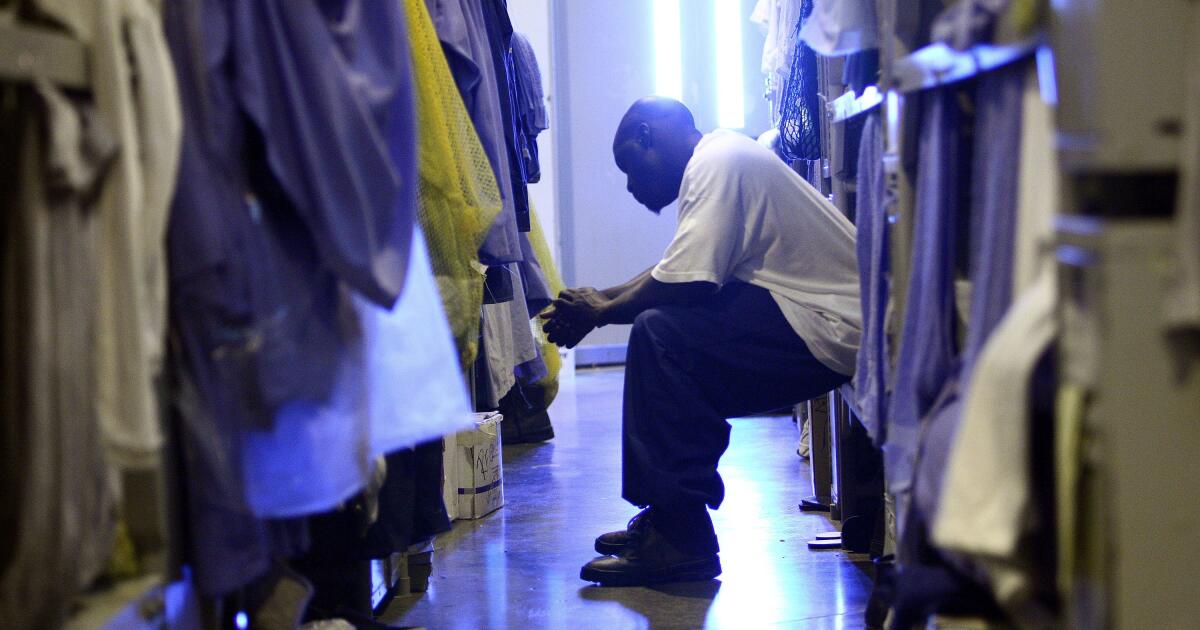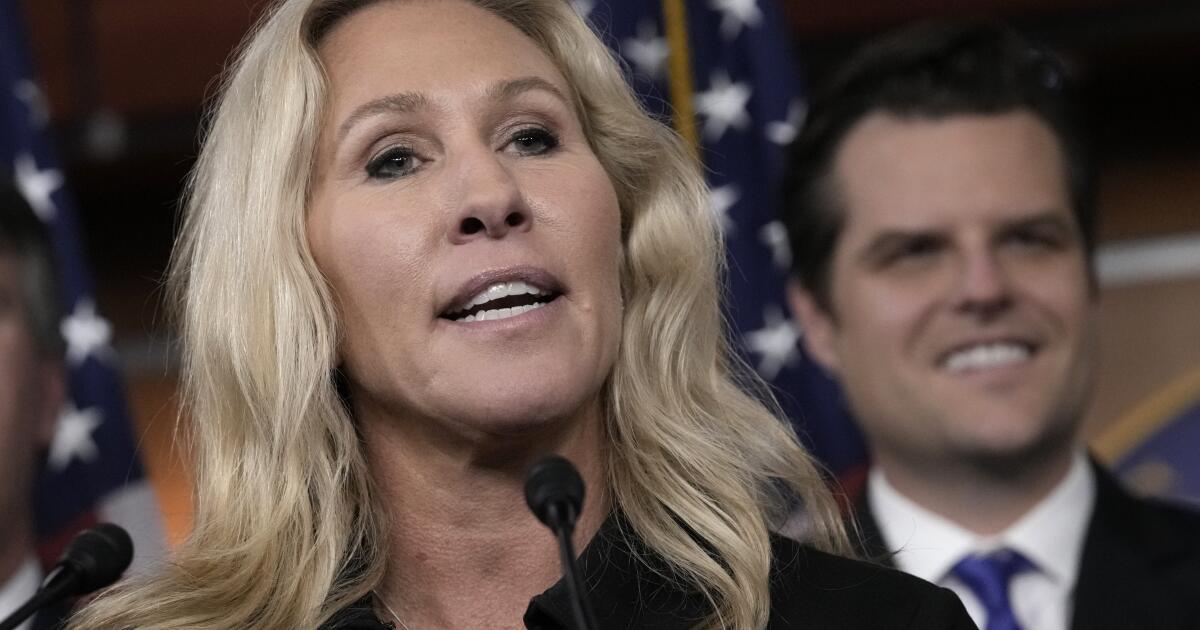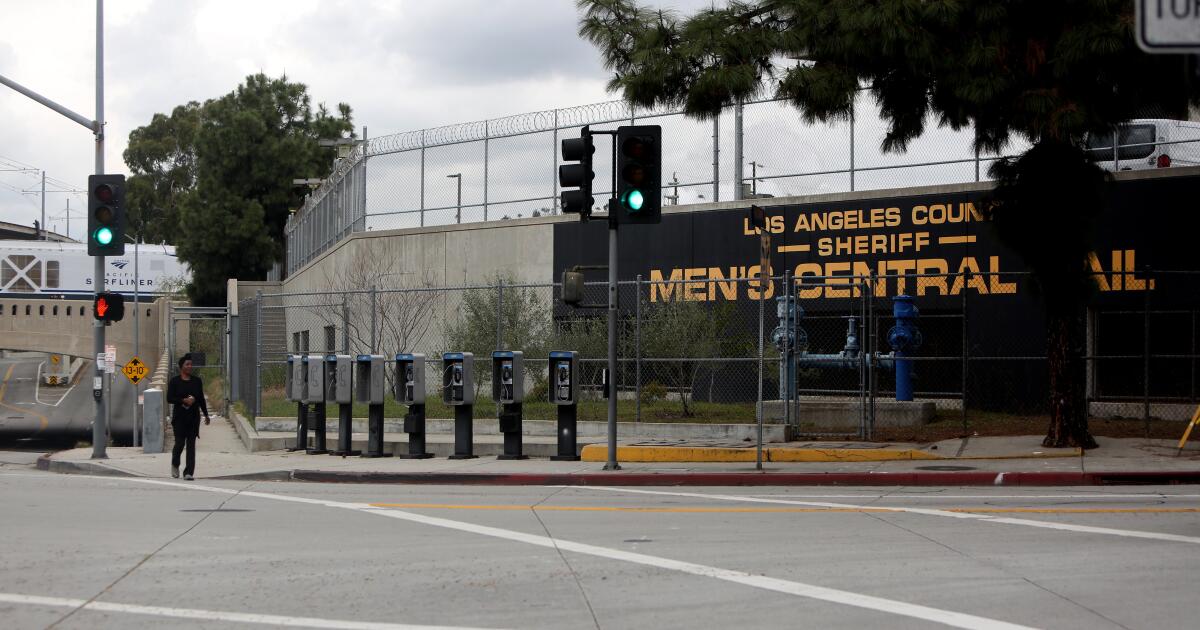Book Review
Ruining their crops in the soil: Food politics in America, from the Trail of Tears to school lunch
By Andrea Freeman
Metropolitan Books: 272 pages, $29.99
If you purchase books linked on our site, The Times may earn a commission from Bookshop.org, whose fees support independent bookstores.
Book Review
A Call to Farms: Reconnecting with Nature, Food, and Community in a Modern World
By Jennifer Grayson
Countryman Press: 224 pages, $28
If you purchase books linked on our site, The Times may earn a commission from Bookshop.org, whose fees support independent bookstores.
In his 1831 novel “The Wild Ass's Skin”” Balzac observed that every great fortune conceals a great crime. He probably wasn't thinking of the ethnic cleansing and land confiscations the U.S. government was carrying out on its rapidly transforming frontier, or of the wealth being accumulated by Southern cotton planters and Northern textile magnates at the expense of enslaved Africans and their descendants. But the political economy of American farmland, from British colonization to today, exemplifies his maxim. Today, according to government accounting, the value of U.S. farmland is At $3.2 trillion and rising; and 98% Their owners are whiteMeanwhile, American farmworkers earn poverty wages (average hourly rate: $13.59)and 44% of them They are undocumented immigrants.
Two new books address this legacy. One, “Ruin Their Crops on the Ground: The Politics of Food in the United States, from the Trail of Tears to School Lunch.”” by Andrea Freeman, a professor at Southwestern Law School, amounts to a kind of handbook documenting the use of food and agricultural land tenure as cudgels to maintain white domination. “Los Angeles-based journalist and author Jennifer Grayson’s “A Call to Farms: Reconnecting to Nature, Food, and Community in a Modern World” reports on grassroots efforts to create a more just and ecologically sound future for farmland management in the United States. Together, the books provide an opportunity to reflect on the status quo and consider ways forward.
The title of Freeman's is inspired by the words of George Washington. The general and first president of the United States had made his fortune in colonial times as a land speculator and cartographer, and his quest to acquire Indian territory west of the Appalachians, In defiance of a royal decree of 1763, at least partially fueled His revolutionary fire. In 1779, as the war against British rule was in full swing, Washington turned his attention to an attack he was planning against the British-allied Iroquois Indians on the western fringes of New York. In a letter to a subordinateWashington explained that the “immediate objectives are the total destruction and devastation of their settlements,” and that “it will be essential to ruin their crops on the ground and prevent them from planting more.” As a result, its troops burned food and destroyed 40 villages, which caused the death of half of the Iroquois population and the annexation of their territory in the nascent United States.
Author Andrea Freeman
(Corey's Action)

Interestingly, given the book's title, Freeman mentions this little-discussed atrocity only in passing, but it aptly illustrates his thesis: “From colonization, slavery, and mass immigration to corporate capture of government, [U.S.] “Food laws and policies have promoted political and economic objectives rather than meeting people’s needs.”
It brings together a massive amount of evidence. Highlights include a chapter on frybread as a staple food on Indian reservations, documenting its complicated dual role as a comfort food and “weapon of health destruction” that emerged from the long assault on indigenous foodways and the 20th-century ubiquity of cheap commodities like white flour and vegetable oil in the form of paternalistic U.S. government food aid.
Another hard-hitting chapter looks at the black experience from a food and agriculture perspective. Freeman digs deep into archival records and finds example after example demonstrating the perpetual starvation rations imposed on enslaved people and later, after Emancipation, the impoverishing economics of sharecropping. The chapter ends with the rise and fall of the Black Panthers’ free breakfast program, a mutual aid effort in the 1960s to address widespread hunger among African American children. The program took root and eventually operated in at least 45 cities. Freeman reports that its success attracted the attention of the notoriously racist FBI Director J. Edgar Hoover, who earmarked it for destruction as part of his broader obsession with dismantling the Panthers. The methods included sending local police to distribution centers to urinate on the food, “writing forged letters to local businesses warning them not to donate food or supplies,” and “raiding breakfast places where the children ate, taking pictures of them, and intimidating them,” Freeman reports. By 1977, with the program’s reputation in tatters and Panthers leaders largely imprisoned or dead, the last free breakfast establishment had closed.
Freeman’s account continues to this day. She presents a compelling critique of the National School Lunch Program, which, she shows, primarily offers ultra-processed, heavily promoted foods, and stigmatizes students whose low family incomes allow them to receive free lunches. She is equally scathing of food conglomerates that increase their profits by marketing the least healthy foods to vulnerable communities.
Faced with this litany of outrage, turning to Grayson’s book is like taking a sunny walk on the first day of spring after a long, hard winter. Yet its mostly optimistic profiles unfold within a grim subtext. Within the next 20 years, he writes in the introduction, nearly half of all U.S. farmland will become available as current owners retire or die.

Author Jennifer Grayson
(Matthew Libman)
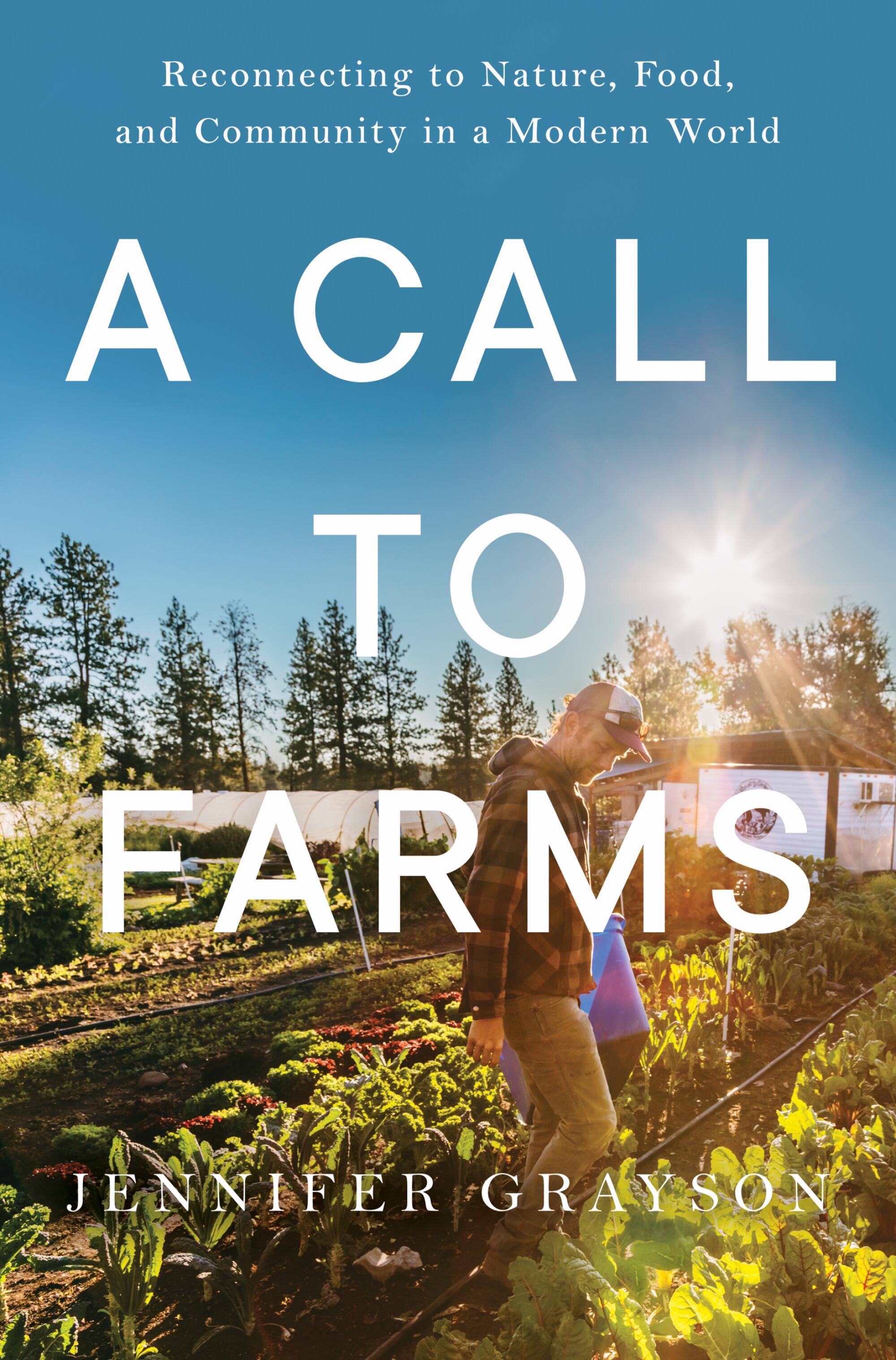
“Meanwhile,” he warns, “the wave of new producers eager to manage that land faces almost every obstacle: access to affordable land, access to capital, [access to] a living income, and billionaires and corporations are now snapping up that land at an astonishing rate.”
In each of the ten chapters of “A Call to Farms,” Grayson offers well-researched profiles of projects aimed at overcoming these challenges. The book begins at Mahonia Gardens, an idyllic 1-acre organic vegetable farm outside Bend, Oregon, where Grayson worked as an intern after fleeing Los Angeles with his family during the pandemic. At the end of his internship, Grayson found it difficult to leave “a new livelihood that had felt so pure: working together for the simple purpose of feeding his family, his community, and creating something inherently human and beautiful.”
That longing permeates the rest of the book and provides its emotional backbone. But Grayson never loses sight of the harsh economic realities — high land and labor costs, price-sensitive consumers — that make such projects so rare and economically vulnerable. Nor does she focus solely on the latest generation of white people returning to their land. “A Call to Farms” presents sensitive portraits of the people behind Black Snake Farm, a tribally-run cooperative operation that emerged during the pandemic to supply vegetables and meat to the Catawba Nation in South Carolina; and FarmaSis, a farmer incubation program for Black women, also in South Carolina.
These hopeful tales aside, a streak of melancholy runs through the book. The struggles for agricultural survival Grayson describes are often bitter, and by his own reckoning, the triumphs he finds seem minuscule and distant compared to the grim backdrop of the contemporary American farming scene, with its shrinking band of mostly wealthy white landowners overseeing epic rates of soil erosion and overexploitation of groundwater while relying on a legion of low-paid workers, many of whom live under the constant threat of mass deportation.
In other words, Grayson’s account leaves us in a place not far removed from the world described in “Ruin Their Crops on the Ground.”.” As Freeman makes clear in that book, while the individual and grassroots efforts described by Grayson deserve respect and support, there is no solution that does not involve acknowledging and redressing the injustices of the past that shape the present.
Tom Philpott is a senior research associate at the Johns Hopkins Center for a Livable Future and a longtime journalist specializing in food and agriculture. His book “Perilous Bounty: The Looming Collapse of American Agriculture and How We Can Prevent It” was published in 2020.

